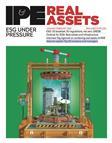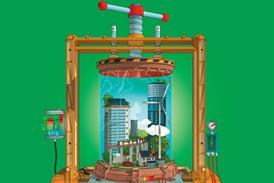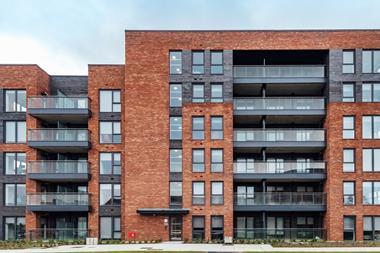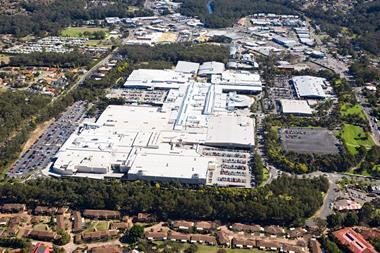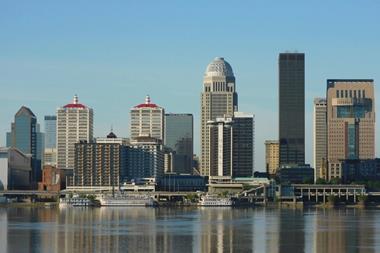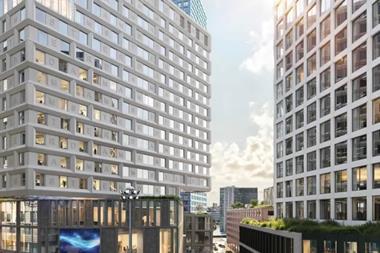Last year, US industrial real estate overtook office for the first in terms of aggregate value of sales, according Real Capital Analytics. Most real estate investors are bullish on the sector globally, but some are beginning to be concerned about the effects of an ever-rising flood of capital.
Jonathan Needell, president and CIO of Kairos Investment Management (KIMC) believes the frothy pricing in the sector is unjustified. And while KIMC is active in the market, the firm is taking a very cautious approach.
“There is a growing disparity between ‘best’ industrial and ‘normal’ industrial,” Needell said. “When I was developing industrial properties earlier in my career, it was a commoditised product and the only question was how cheaply I could build. That has changed.”
There are clear distinctions between traditional industrial space and the expectations of high-end logistics users. The former typically features 32ft clear height and car-parking capacity of one space per 1,000ft, while the likes of Amazon are looking for higher ceilings, the potential for internal mezzanine spaces, and greater room for parking – not only for trucks but also for workers.
Needell said these subtleties were not always being factored into the pricing of risk, and that returns should be higher for taking on developments. “But when it’s a single-asset build, people can build on spec and then sell at rates that do not make sense to us,” he said.
“A logical readjustment coming,” Needell warned. “A little bloom will be coming off the rose post-pandemic”, and this is why such subtleties matter.
“The only properties that are attractive to us lately are assets leased to traditional industrial users, with time left on the lease. These properties will trade closer to normal value.”
Pricing is also not taking into account the credit quality of tenants, according to Needell who likened it to how retail centres used to be priced. “There was a time when Walgreens was a really good credit in a retail centre,” he said. “The same should be happening in industrial – there should be a cap rate difference there. But a lot of people not following that.”
Needell warns that the growth in e-commerce was artificially accelerated by the pandemic, creating an “immediate need”, but investors might “find a slightly oversupplied market in the next year or two”.
KIMC therefore sees a bigger opportunity in apartments – the most traded sector and one that pulled away from office in 2020 according to RCA. “We are a big apartment player. The demand for renting will continue, although single-family rental is a little overblown,” Needell said. “Suburban apartments are doing really well – buying opportunities are in downtowns or close suburbs. People want to be close but with some amenities.”
A rebound in grocery-anchored and essential retail offers some interesting potential, in his view, once recovery begins, because there is pent-up consumer demand for a live shopping experience. “What’s going to happen to office? It will take time to develop,” said Needell, who wonders about the extent to which office will continue to be essential.
“Opportunities are are going to rotate – credit and term on the front end will get a premium, Needell noted. “It will be essential to look through interactions – what’s frontloaded is what will adjust.”

